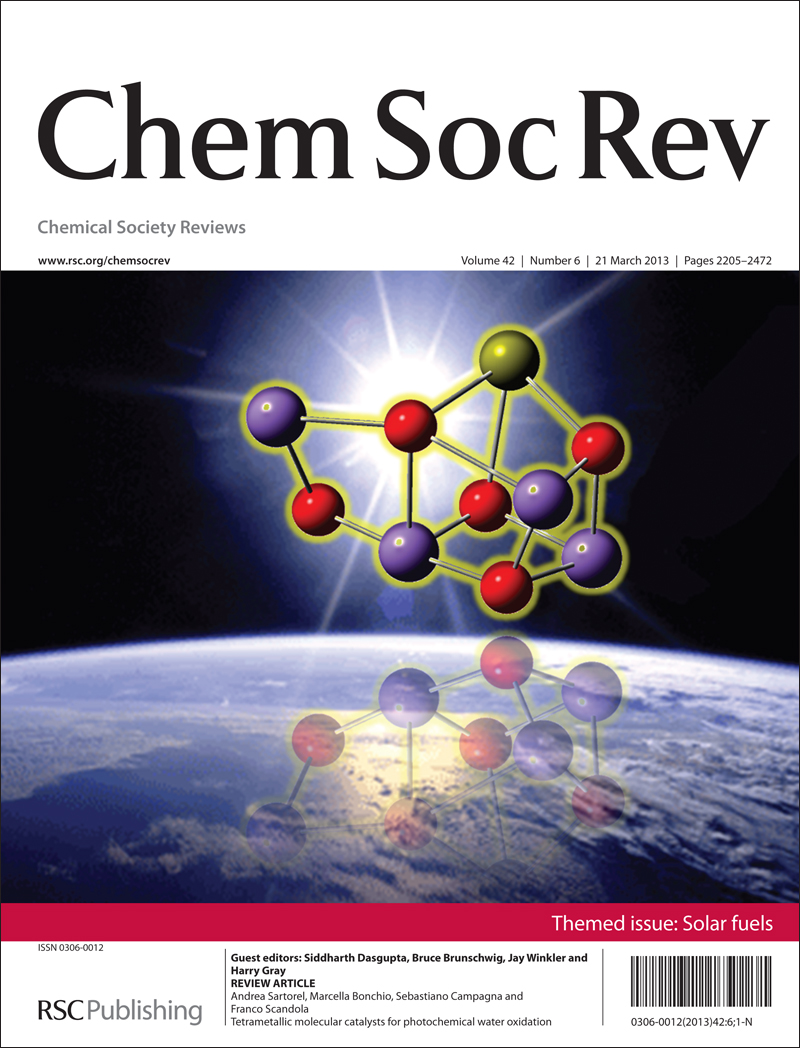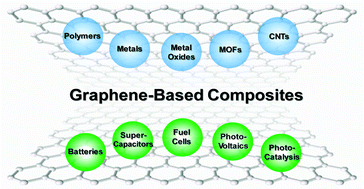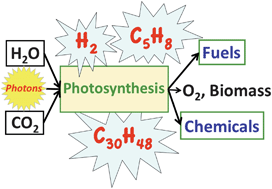We are delighted to present the Chem Soc Rev themed issue on solar fuels. Guest Editors Siddharth Dasgupta, Bruce S. Brunschwig, Jay R. Winkler and Harry B. Gray introduce the issue in their Editorial:
Editorial:  Solar fuels
Solar fuels
Siddharth Dasgupta, Bruce S. Brunschwig, Jay R. Winkler and Harry B. Gray
Chem. Soc. Rev., 2013,42, 2213-2214
The issue contains a collection of high-profile Reviews and Tutorial Reviews which introduce various key areas within solar fuels research. Here are just a selection:
Tutorial
Structure–function analyses of solar fuels catalysts using in situ X-ray scattering
Karen L. Mulfort, Anusree Mukherjee, Oleksandr Kokhan, Pingwu Du and David M. Tiede
Chem. Soc. Rev., 2013, 42, 2215-2227
Tutorial
Comparison of primary oxidants for water-oxidation catalysis
Alexander R. Parent, Robert H. Crabtree and Gary W. Brudvig
Chem. Soc. Rev., 2013, 42, 2247-2252
Review
Long-lived charge separated states in nanostructured semiconductor photoelectrodes for the production of solar fuels
Alexander J. Cowan and James R. Durrant
Chem. Soc. Rev., 2013, 42, 2281-2293











 Graphene-based composites
Graphene-based composites



 Opinion
Opinion systems for producing solar fuels (Energy Environ. Sci., 2012, 5, 5902-5918).
systems for producing solar fuels (Energy Environ. Sci., 2012, 5, 5902-5918).
